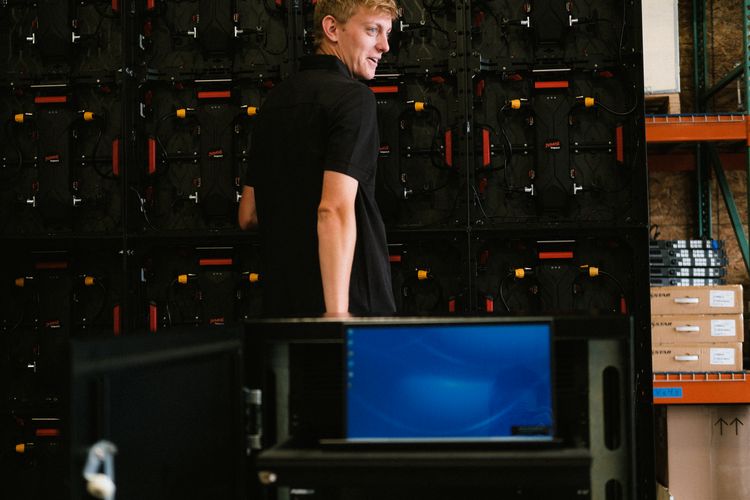When you’re in the market for an LED screen, you’ll come across multiple differentiating specifications that point to differences in quality and then, it follows, in price. But how much does each of these stats really matter? Is more always better? Well, it depends. Today, we’re talking LED refresh rates.
Do LED refresh rates matter?
The short answer: to a point, yes … but only in the context of the LED display’s other specifications and the limitations of the human eye.
LED refresh rate is measured in hertz (Hz) and indicates how many times per second the individual LEDs are signaled to update. A low refresh rate (these days, probably 60Hz) means video may look choppy or jumpy. A high refresh rate (some screens boast capabilities of up to 10,000Hz) means video that appears smooth.
But here’s the catch. LED refresh rate relies on other factors, like frame rate, to reach its full potential. Frame rate, measured in frames per second (fps) is how many times per second each individual video frame is updated. Most video is shot at 24fps.
(Sidenote: movies can be filmed at much higher fps, but most aren’t. Why not? Beyond 24fps, people tend to dislike the way videos come across. The movement on the screen begins to appear almost uncanny. For years, people have collectively agreed that 24fps is “what movies should look like,” so filmmakers continue to film at this rate.)
The two intersect in this way: take the refresh rate divided by the frame rate, and that’s how many times each individual frame will be shown on the screen to equal the frame rate per second. On a 120Hz screen, each frame of a 24fps video will be shown five times.
Many computer screens have used 60Hz screens for years, and we have collectively accepted that as just fine. But we’ve also accepted that viewing something on a computer screen looks, well, like it’s on a computer screen. Often, this is because the frame rate of the video doesn’t divide equally into a number as low as 60, so the content is displayed in 3:2 and can appear to “jump” quickly throughout playback.
So, you do need a high enough refresh rate so that, especially at large scale, the video doesn’t appear to “flicker” or look pixelated. Often, screen manufacturers will try to make up the difference in a low refresh rate by adding motion interpolation – essentially inserting an extra frame in between each refresh. But viewers don’t like this either — that’s how you get what’s known as the “soap opera effect,” where the video will appear too smooth to be realistic.
But after a certain point, say 480Hz, the human eye literally cannot see additional refresh speed. There’re only so much our eyes can perceive, and movement beyond that capability is essentially wasted. Nobody will be able to tell the difference. So, is it worth upgrading from 60Hz to 120Hz? Yes. Is it worth upgrading from 120Hz to 480Hz? Probably not, but it depends on what you plan to display and for what purpose.
To truly determine the best screen configuration for your needs, you should talk with an expert. Someone who will be able to really talk you through the best applications for various specs, and which ones you’ll want to pay attention to in your LED screen.
Questions? Reach out to the team at Insane Impact! We’re standing by, ready to help.

